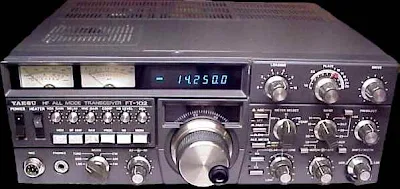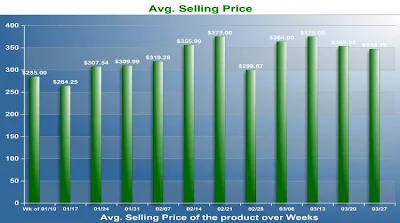=

ICOM-751
-  The Kenwoods TS-430S, still a great talker after all of these years.
The Kenwoods TS-430S, still a great talker after all of these years.

The Kenwoods TS-820s, Hy-brid rig runs more than the TS-520but both are still great talking Amateur radios.

This is one not mentioned in the earlier post, it's a Yaesu FTDX-560, all tube,probably weighs in at around 70lbs or so. But this is an example of an older rigthat would work fine, but it's more of a collectors item now, so pretty pricey.
=

=
 One of the famous Yaesu FT-101's (This one is an "EE"), and they still command what i consider to be a great value with little to no depreciation. In the 80's you could find them in the $200-$400 range, same in the 90's, as well as 2008. If you make a good purchase on a nice 101 today the chances of losing a bunch of money when it comes to sell it, is very low, and depending on the market, you might even make a few bucks!
One of the famous Yaesu FT-101's (This one is an "EE"), and they still command what i consider to be a great value with little to no depreciation. In the 80's you could find them in the $200-$400 range, same in the 90's, as well as 2008. If you make a good purchase on a nice 101 today the chances of losing a bunch of money when it comes to sell it, is very low, and depending on the market, you might even make a few bucks!
 The 101 series did have one model with a built-in digital display, that being the FT-101ZD
The 101 series did have one model with a built-in digital display, that being the FT-101ZD=
 Once again, an example of an older rig that sells for what you could buy a new rig with, the Yaesu FT-102
Once again, an example of an older rig that sells for what you could buy a new rig with, the Yaesu FT-102-
 This is the Yaesu FT-757GX. Yaesu sold a ton of 101's, and I'd have to attribute that to it's ability to be put on the 11m band relatively easily. The 757 was a huge hit, and Yaesu continued the trend making 11m possible by merely moving a switch. Both this and Kenwoods TS-430 were similar sized and featured.
This is the Yaesu FT-757GX. Yaesu sold a ton of 101's, and I'd have to attribute that to it's ability to be put on the 11m band relatively easily. The 757 was a huge hit, and Yaesu continued the trend making 11m possible by merely moving a switch. Both this and Kenwoods TS-430 were similar sized and featured.
-
Of course, my viewpoints in the last two posts are mine an mine along, and others certainly do, for instance I received my new QST and there was an article touching on the same subject "Your First Rig", only he was seemed to be leaning towards new rigs. And, hey, if you're an adult and have the $$$ more power to you my friend. I'm just thinking about a Jr. High or High School kid who wants to be a HAM, but doesn't want to blow his extra XBox funds on a new rig. I'm also thinking of the high schools who still have "Basic Electricity" and "Electronics" classes, and those who want to build something with their own hands, customize, and talk around the world.
-
I'll leave you with these words of wisdom: "Buy what you can afford in a working rig (used or otherwise) but save the planning, and a good chunk of $$$ for the antenna, because without a good antenna system, it doesn't matter what you're talking on".
-
Have a GREAT weekend!
'Nuff Said,
-







